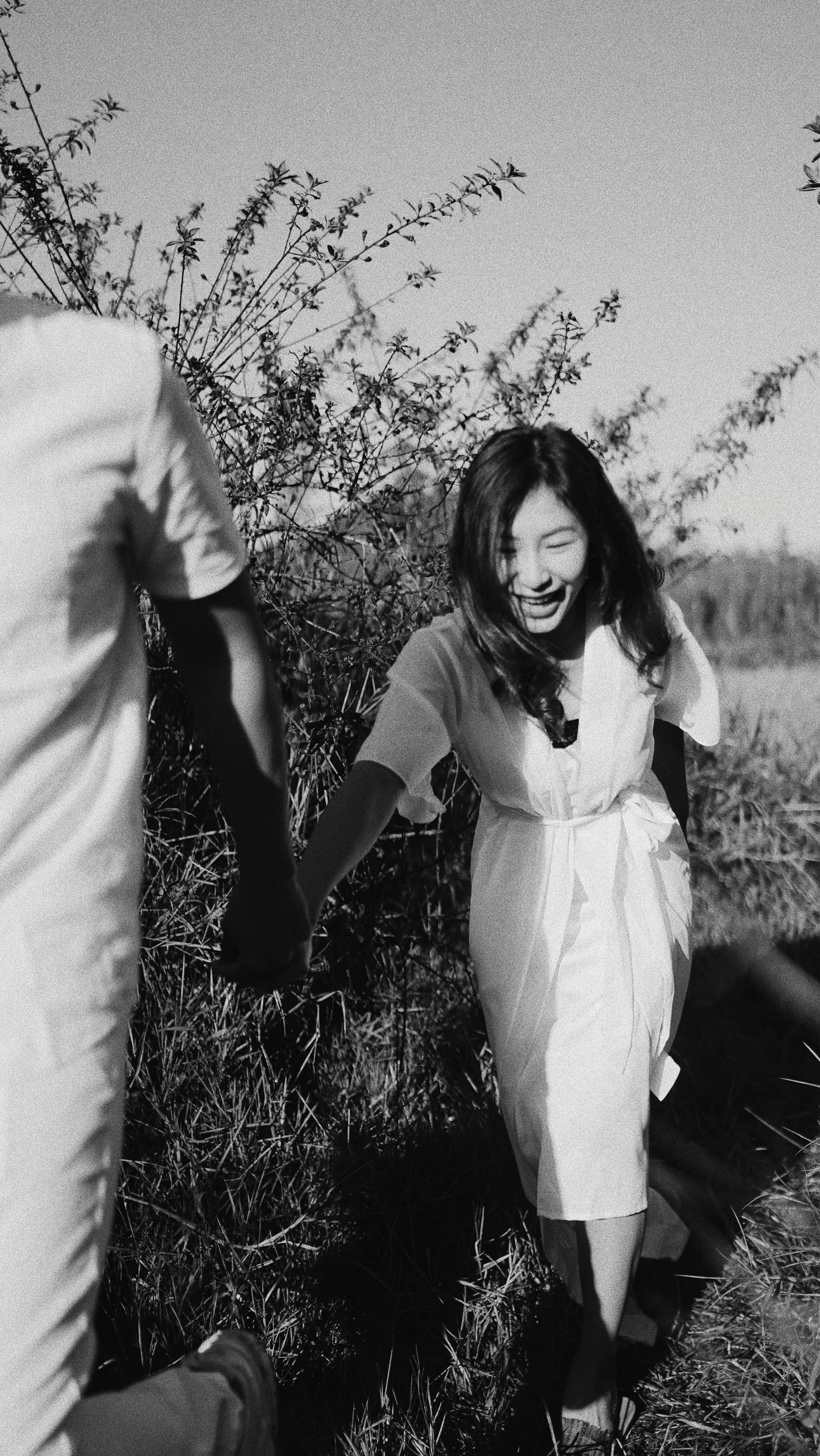Slavic Ceremony History
The most important celebration in a Slavic home is the bridal meeting, which is frequently celebrated in spring, summer or autumn. It was a time for celebration and pleasure, as it marked the beginning of the new career. Men married after successful efforts, fishing held their weddings https://dictionary.cambridge.org/dictionary/english/love after a good catch and shepherds tied the knot after the calf winter.
Before the wedding ceremony, the wedding is usually given a rushnyk ( a flower with a cross). Her parents existing her with bread and salt and inquire for their blessing. They also give the couple ektenias ( a ring ) that symbolizes a slavic marriage and a promise of faithfulness and fidelity. The bride wears a veil, which she never takes off, except to go to the restroom. It was considered a bad omen to take off the veil during the service, and in old times it was usual to punish a wedding who did so.

After the meeting the newlyweds walk through the streets of the village, with people throwing seeds of grain, chocolates and currencies for happiness and prosperity. They also quit at regional shrines and give tribute. The wedding ceremony is supervised by a master of ceremonies called a” Tamada ukrainian brides“. He is a loud friend who runs the diverse competitions.
When the bride leaves her parents ‘ property, she takes with her a blanket that she should maintain, not to give away or permit someone touch. The couple’s relatives tested the wife by asking her questions and requesting water from her. If they placed money on a basket, the bride had give them waters or answer their concerns.




